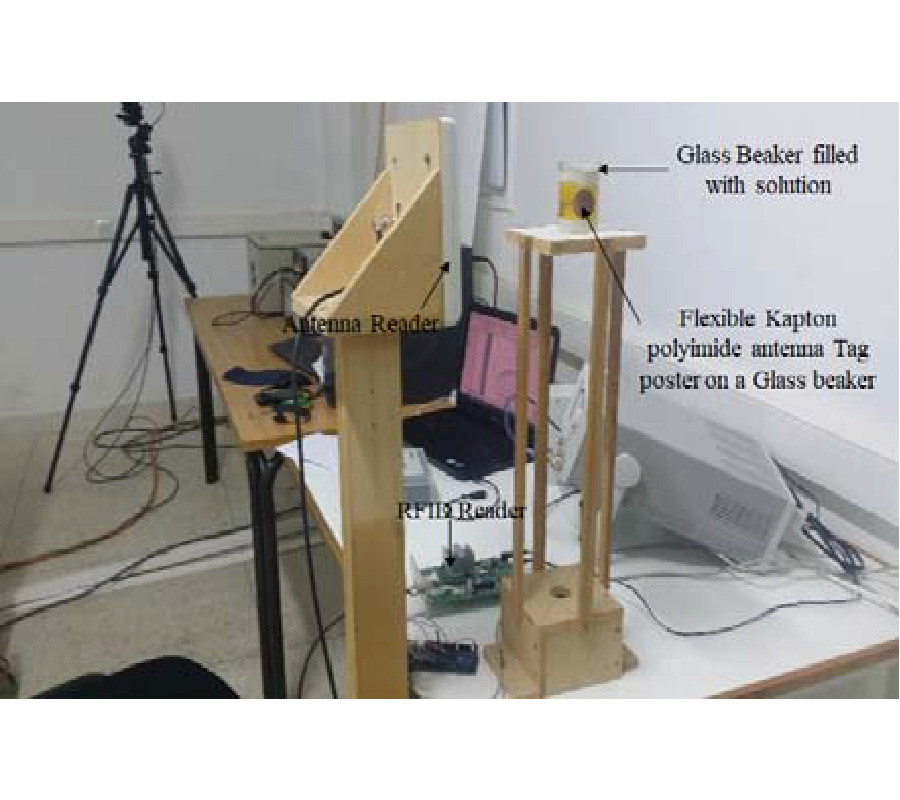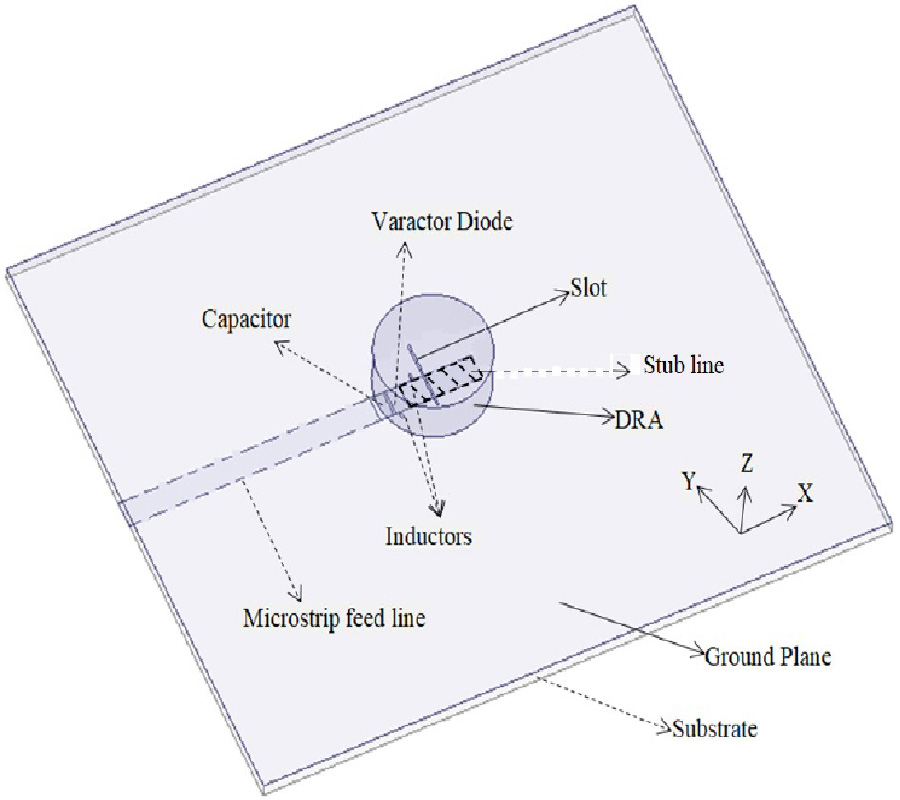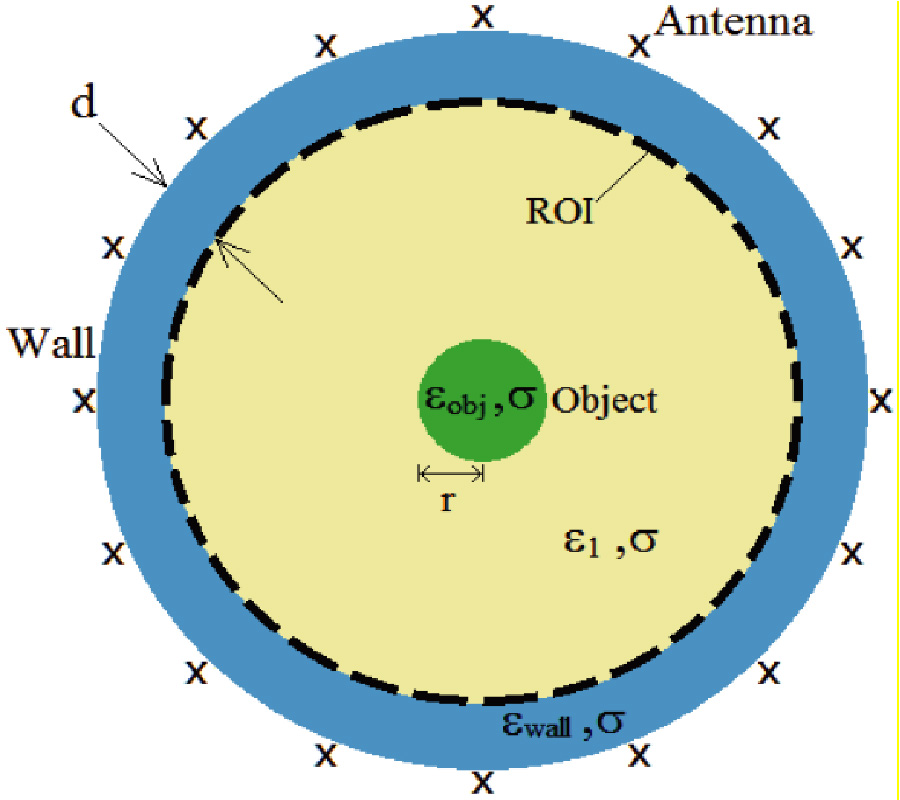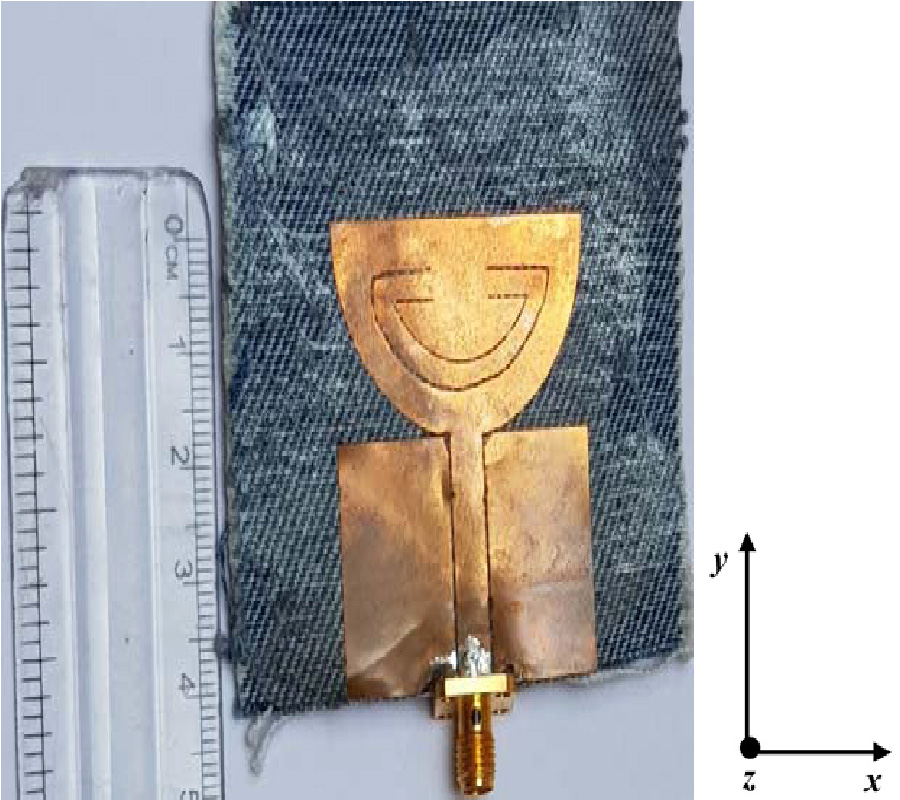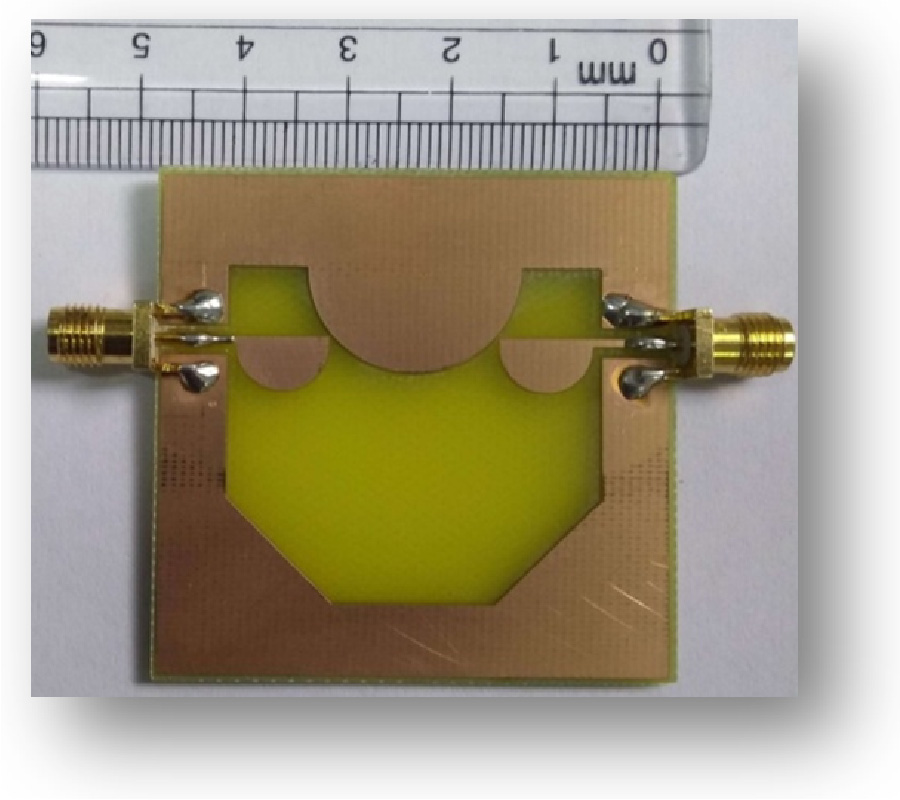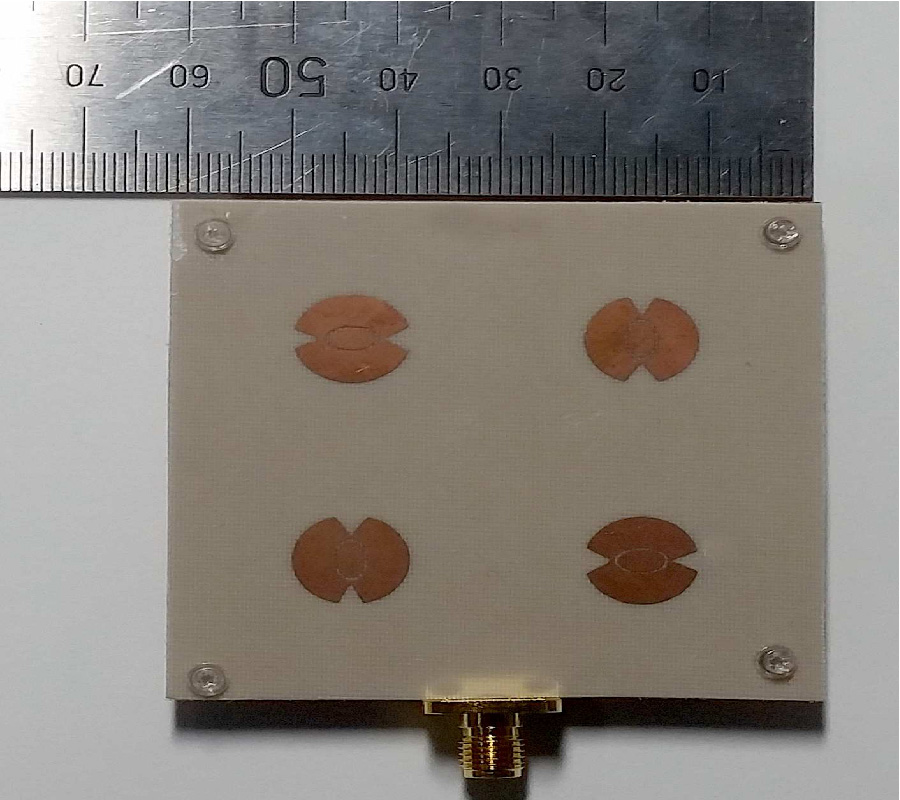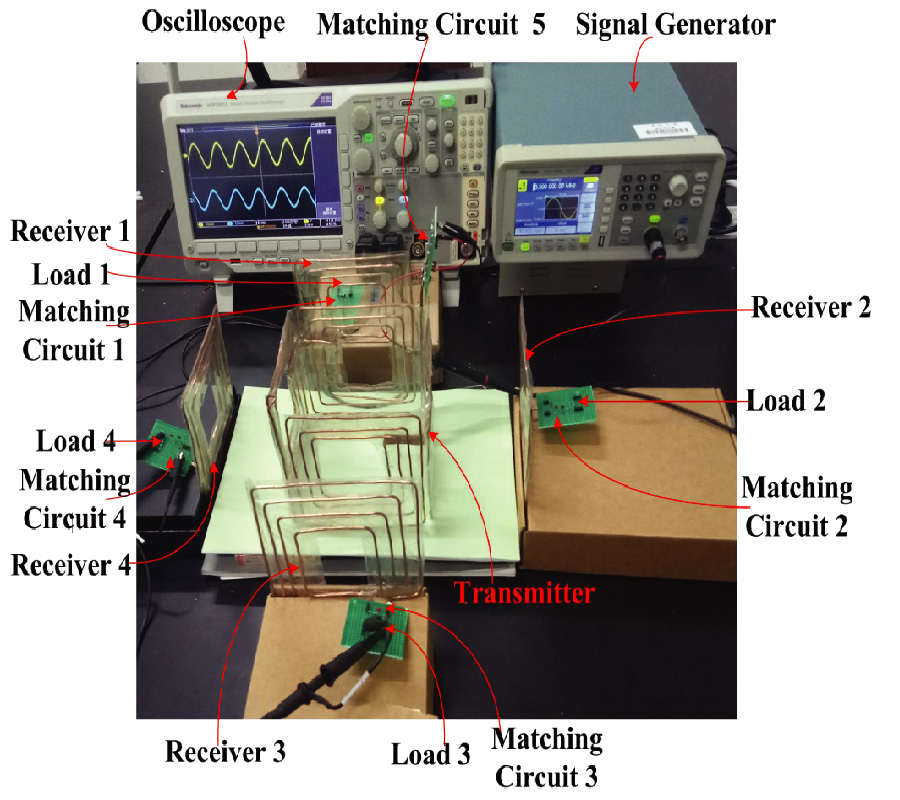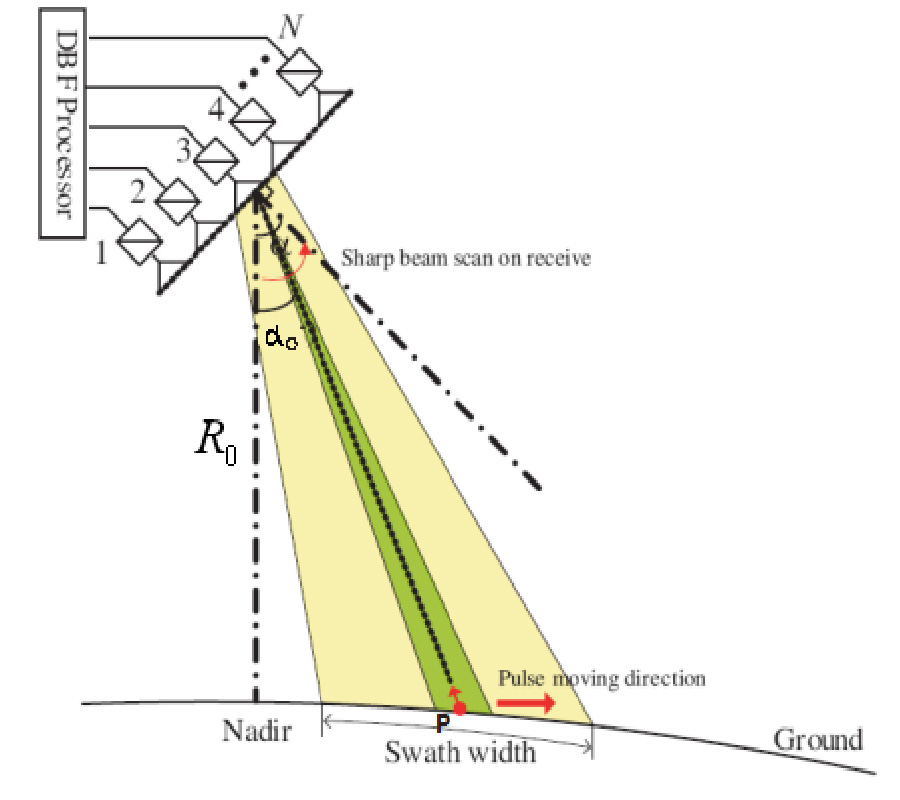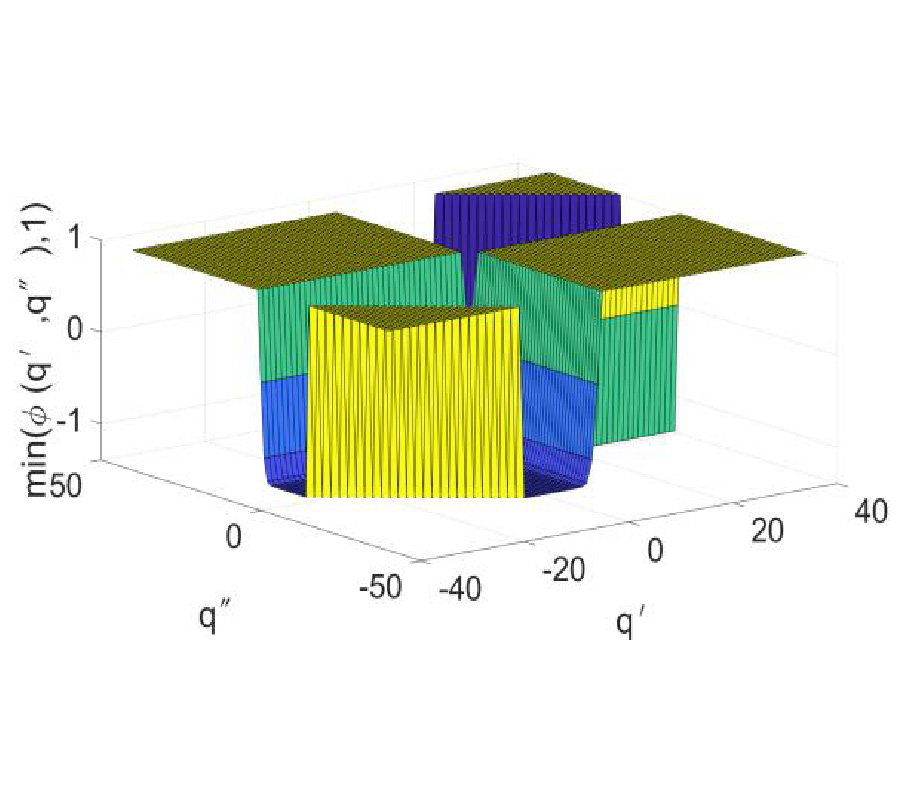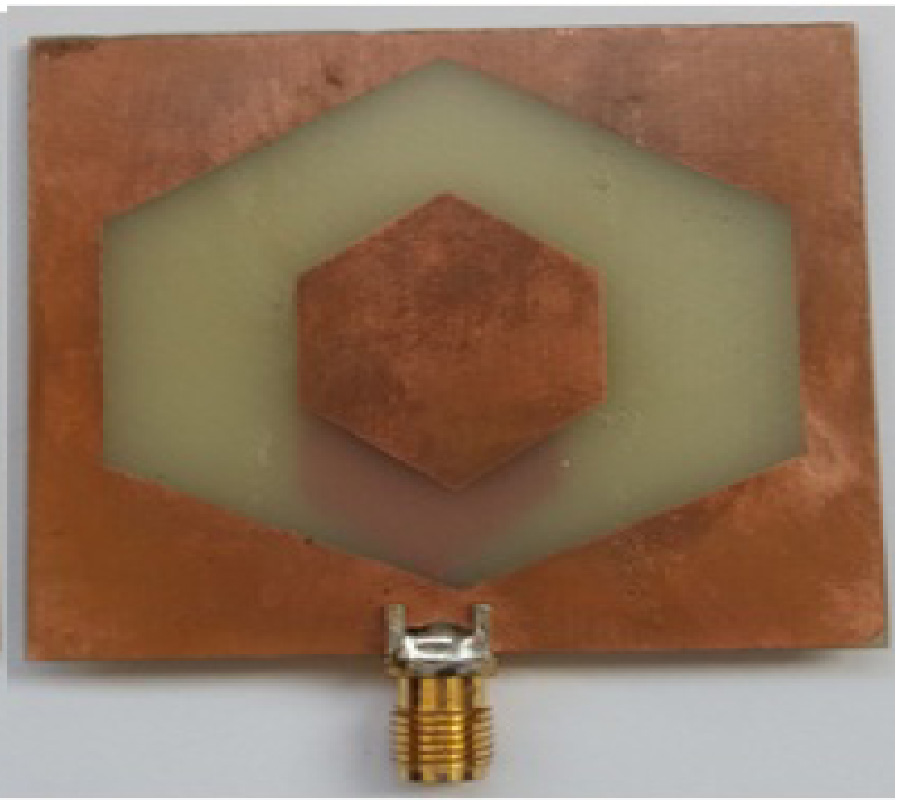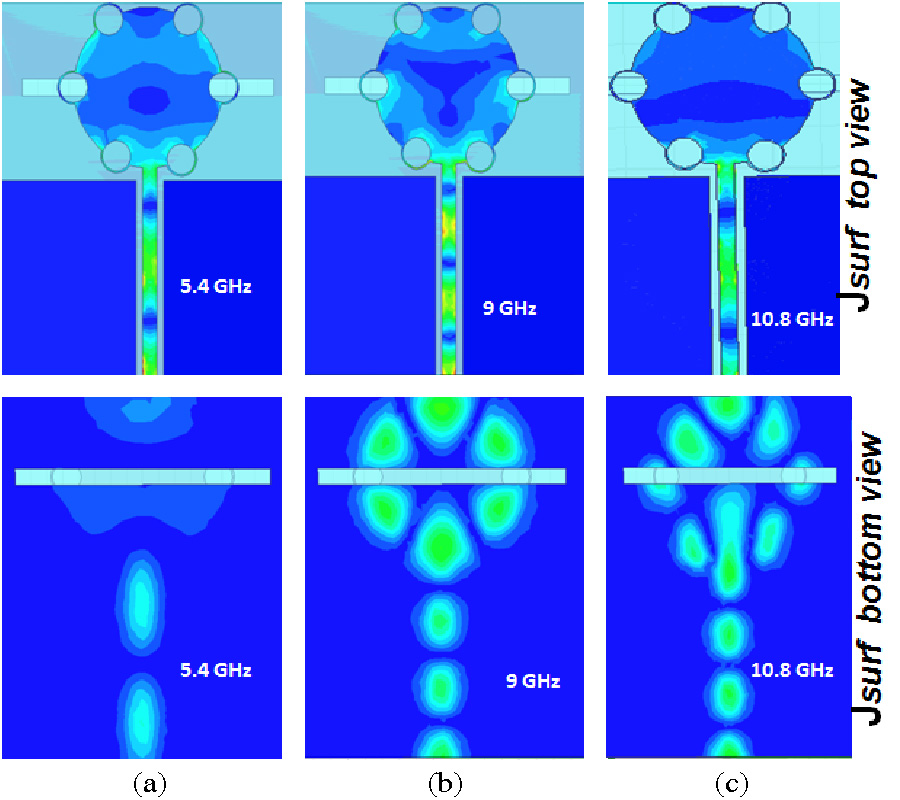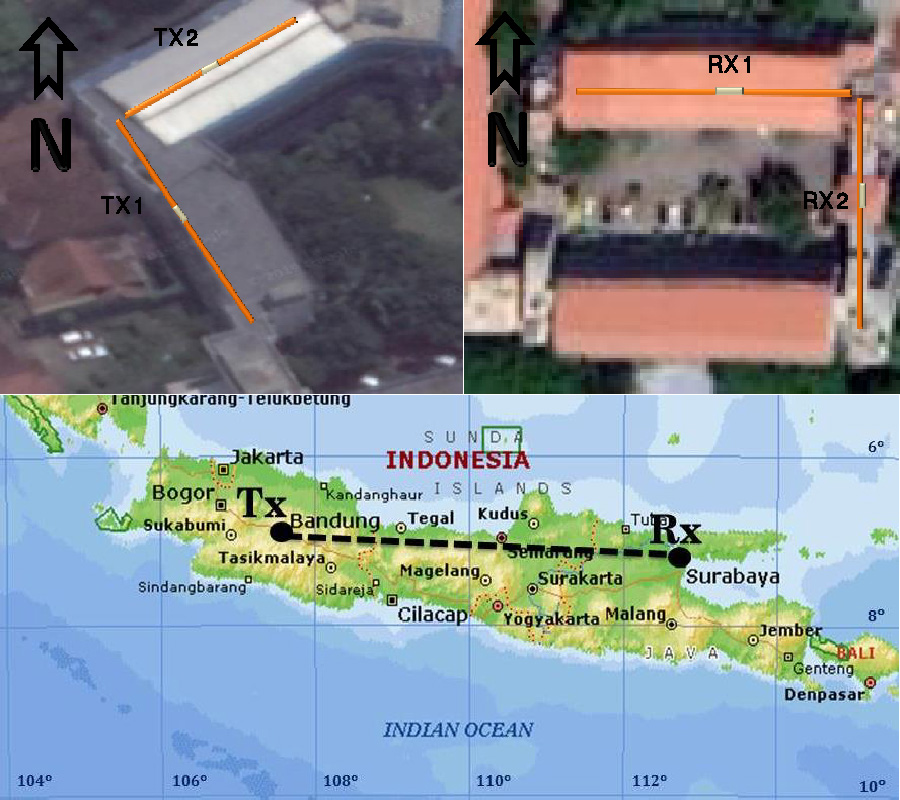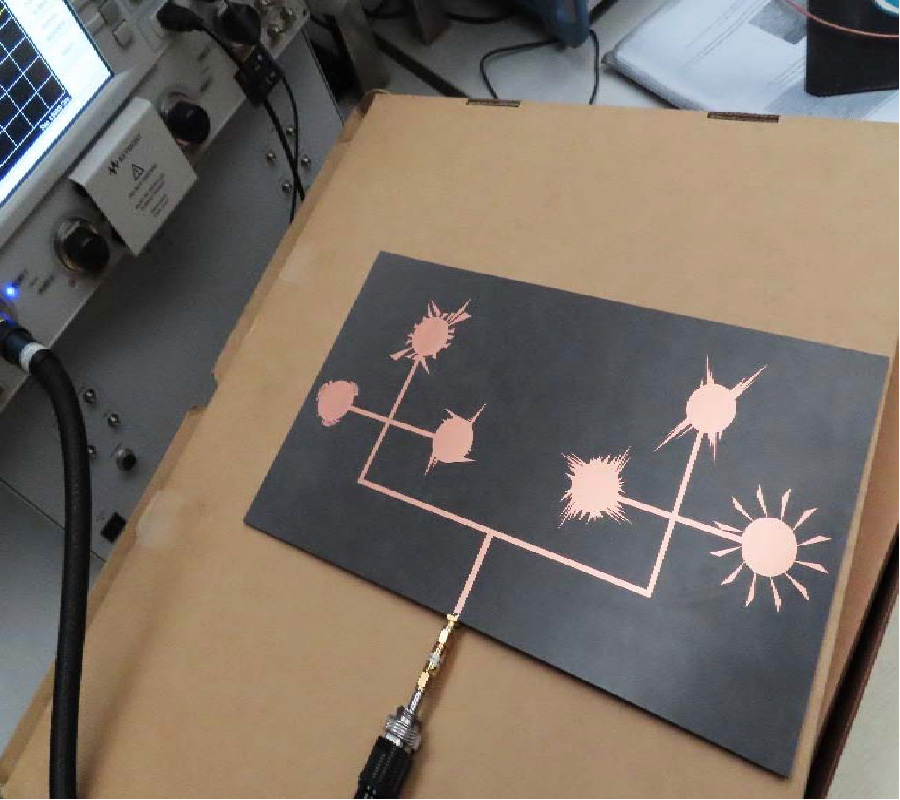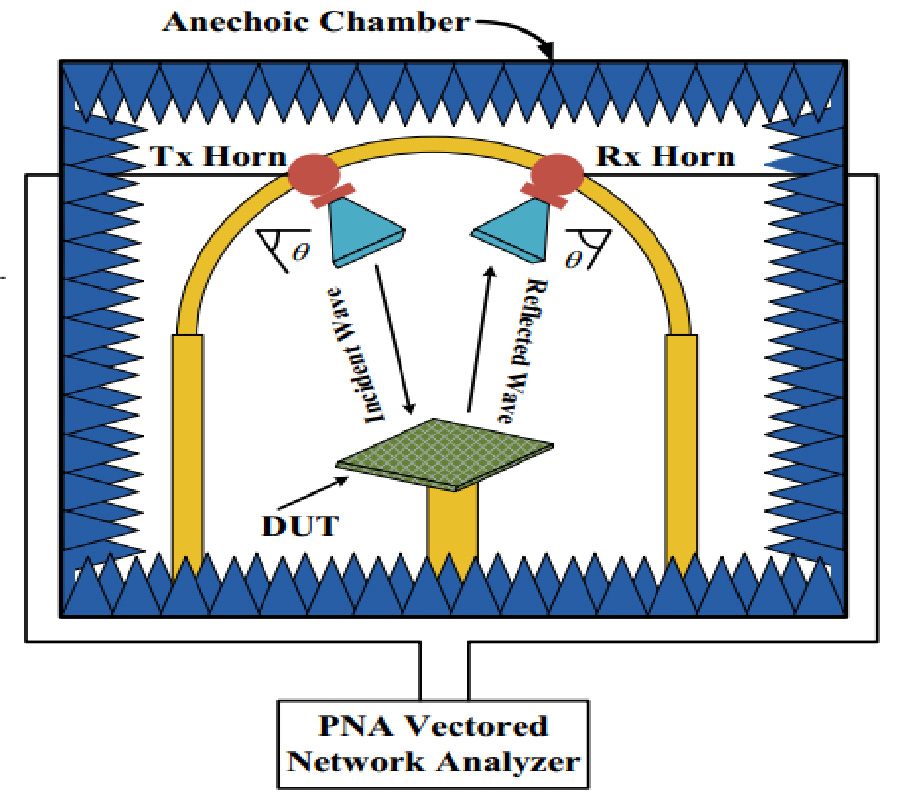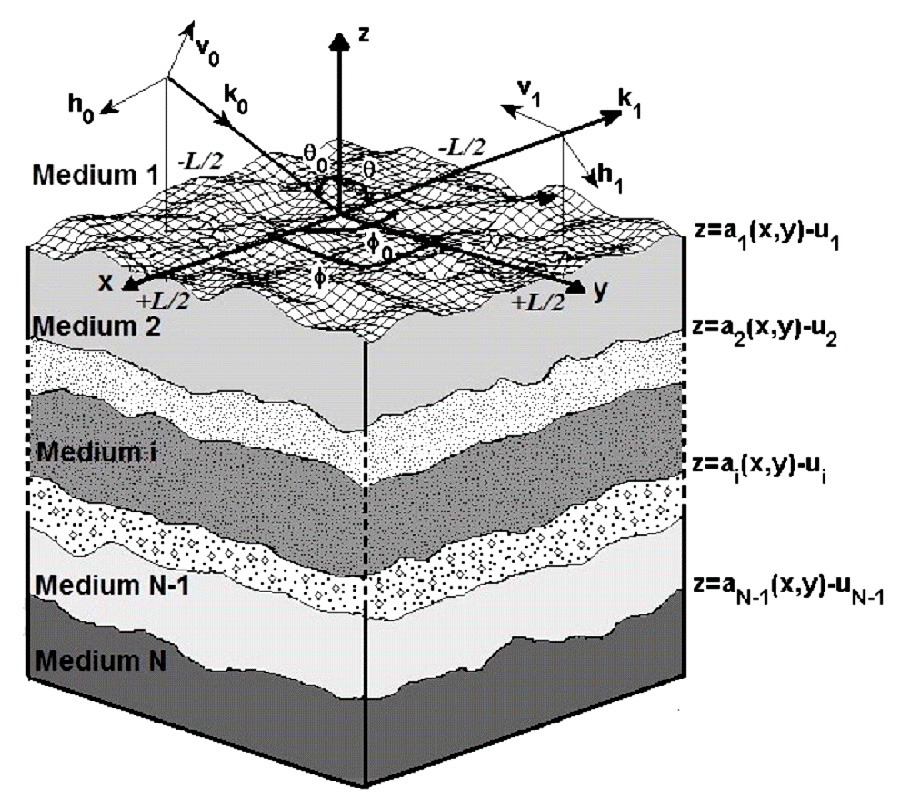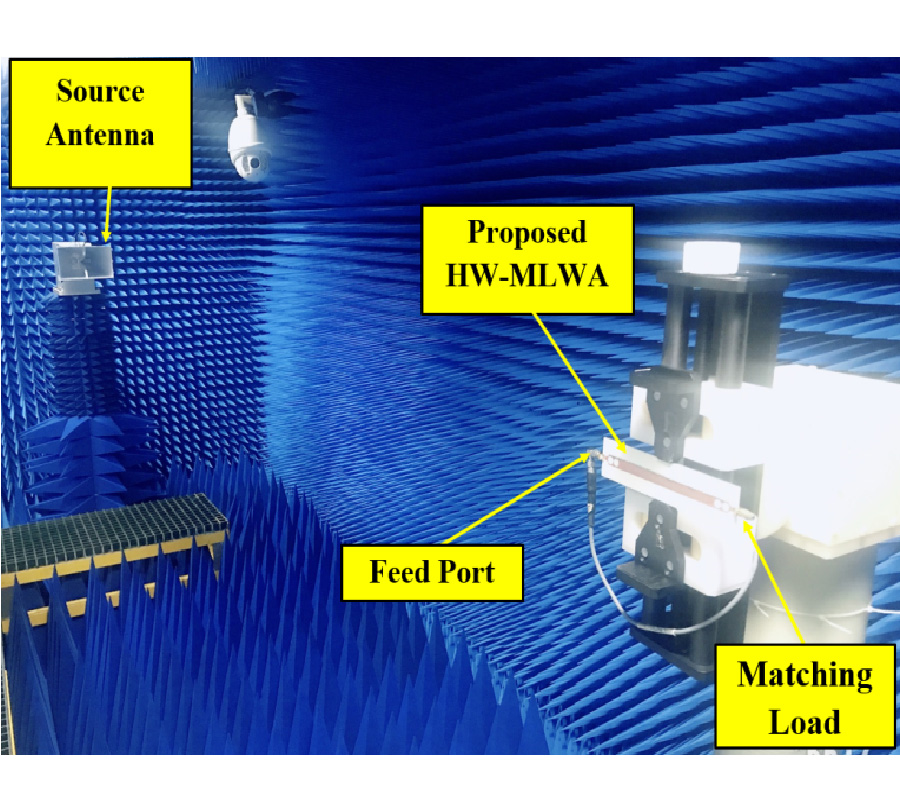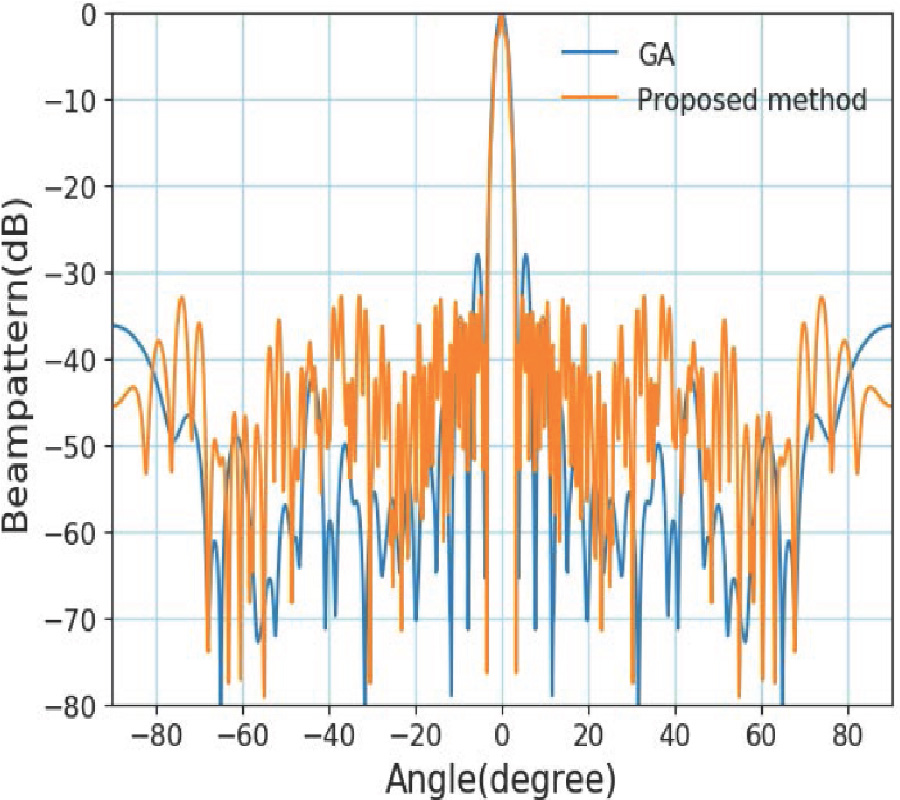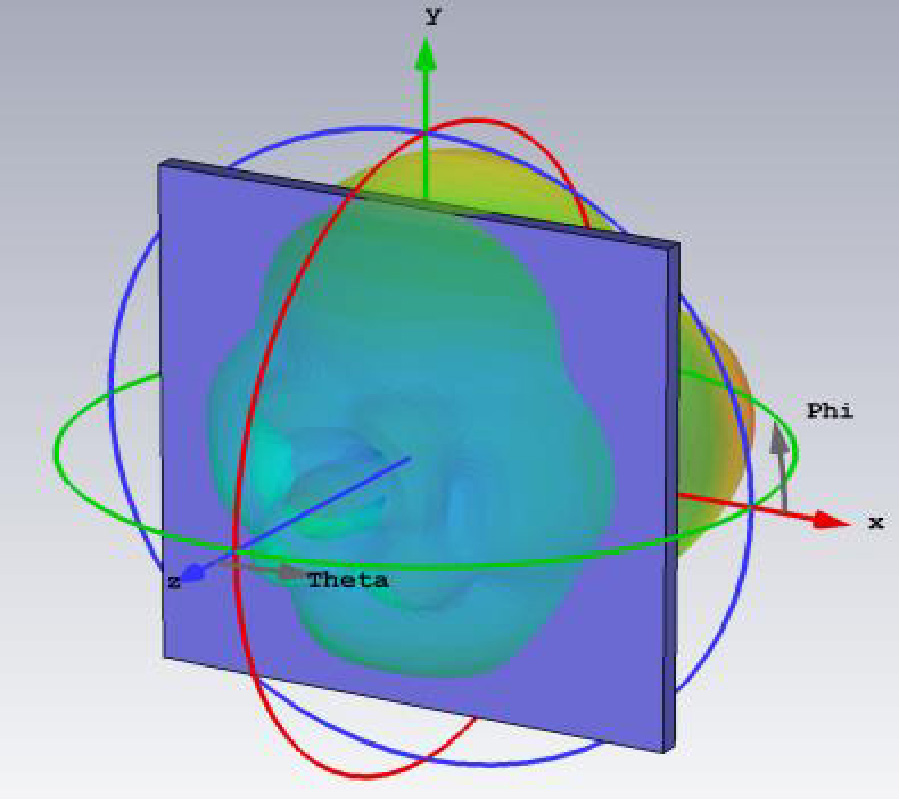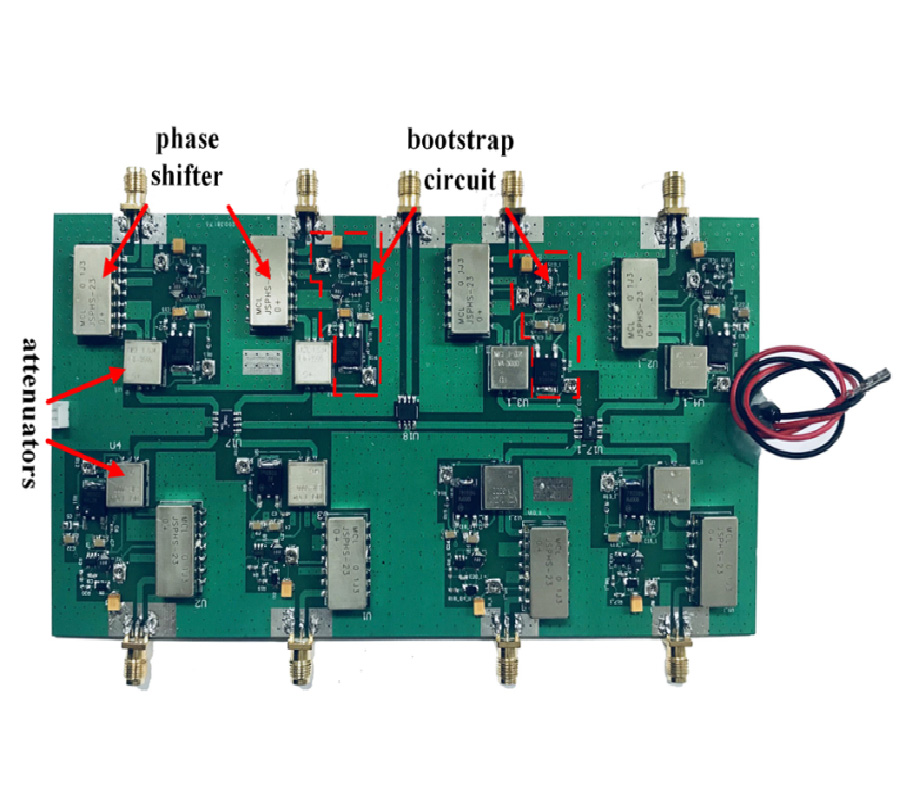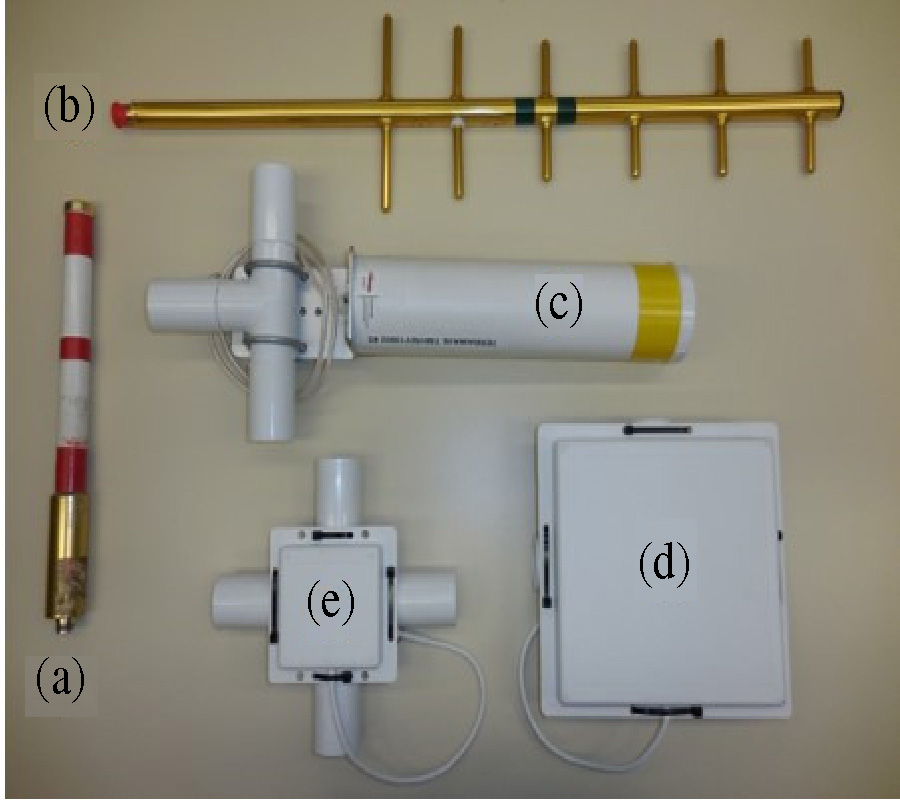Measurement of the Influence of Antennas on Radio Signal Propagation in Underground Mines and Tunnels
Ronald Jacksha,
Chenming Zhou and
Carl S. Sunderman
This paper reports the influence of antennas on radio signal propagation in tunnels and underground mines. Radio signal propagation measurement results in a concrete tunnel and underground mines using antenna types with various radiation patterns, i.e., omnidirectional, Yagi, patch, and circular, are reported. Extensive measurements were taken in various scenarios which include vertical, horizontal, and circular polarization for line-of-sight (LoS) radio signal propagation at four frequencies (455, 915, 2450, and 5800 MHz) that are common to many voice and data transport radio systems used in underground mines. The results show that antenna pattern has a strong influence on the uniformity of radio signal propagation gain in the near zone and typically does not significantly influence behavior in the far zone, except for a constant gain offset.
